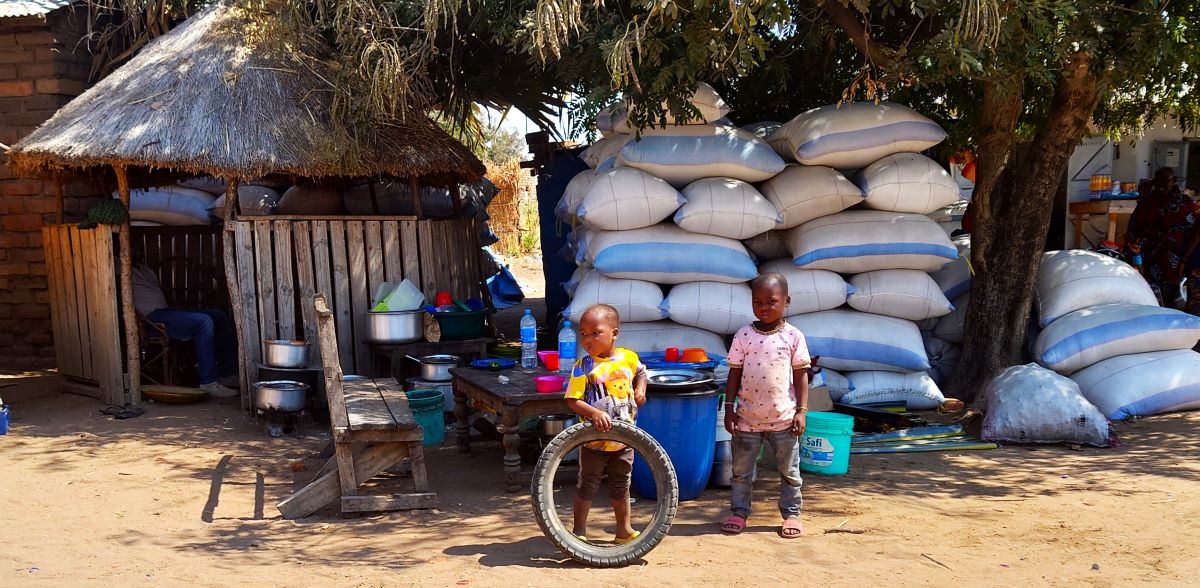Five villages have been allowed to continue living, grazing and farming in part of the Ruaha National Park that had been seceded from the protected area, after the government recently reviewed the precinct’s management plan.
Residents of Iyala, Msanga, Kilambo, Luhanga and Madundasi villages bordering the Ruaha National Park in Mbarali District, in Mbeya Region are now carrying on with their daily routines and activities, mostly farming and grazing contrary to recent reports that they are being evicted from their residential areas.
“People are living peacefully and Mbarali is currently busy with harvest season, and they are anticipating producing 620,000 tons of rice,” explains the Mbarali District Commissioner Colonel Denis Filangali Mwila adding the farms in the precinct yield the world’s tastiest rice on record.
Speaking in his officer, Colonel Mwila however pointed out that, authorities in the area also maintain the protection of water sources as well as environment conservation because Mbarali acts as reservoir for the flows feeding the Usangu wetlands that also pump water into Mtera and Kidatu hydroelectricity projects downstream.
“Sometimes agricultural activities may interfere with environment conservation and this poses challenges to both sides but other than this, members of local communities in Mbarali continue with their productivity,” the District Commissioner maintained.
“But so far no villagers have been required to vacate their homes or farms to pave way for conservation,” said the District Commissioner, who however pointed out that park laws must be respected therefore grazers will not be allowed to take livestock into the nearby Ruaha National Park or the adjacent water sources.
On his part the Tanzania National Park (TANAPA)’s Assistant Conservation Commissioner who serves as the commanding officer for the Ruaha National Park, Godwell Ole Meing’ataki, said members of the communities surrounding the conservancy co-exist peacefully with the park.
“In fact many villagers have been helpful in assisting with matters of conservation and anti-poaching initiatives and we are now working to ensure that local people here benefit as much as they can from tourism activities,” pointed out ACC Meing’atak.
Dismissing reports that people were being evicted from nearby villages, the Assistant Conservation Commissioner pointed out that on the contrary the government through ‘Government Notice 754 of 2023’ annexed a total of 405 square kilometers from Ruaha National Park, giving the land to local villages for farming, grazing and bee-keeping activities.
“Ruaha is the second biggest National Park in Tanzania after Nyerere,” said Ole Meing’atak, adding that through the Government Notice 28 of 2008, the park measured 20,226 square kilometers.
“However after the review of 2003, when land was given to local communities surrounding Ruaha, the National Park now measures 19,822 square kilometers,” he revealed.

A visit to one of the villages bordering Ruaha National park revealed a hamlet bustling with activities, mostly ferrying consignment of newly harvested rice from farms to nearby towns.
Seni Leleshi Nimuka is the chairman of Madundasi Village in Ruhanga Ward who says the only challenge the area faces at the moment is poor infrastructure.
“We appeal to the government to help rehabilitate the road connecting the village and the district headquarters at Mbarali, after suffering the effects of El-Nino rains that have destroyed the infrastructure,” said Nimuka.
One of the villagers, Judith Tawete admitted that life continues in the area but they need support to rehabilitate their road as well as the local primary school.
District Land Officer, Faraja Nkwera affirmed that Madundasi is one of the five villages existing legally on the border with Ruaha National Park and that the government not only respects their rights but has also been ensuring community services such as education and health are well maintained.

